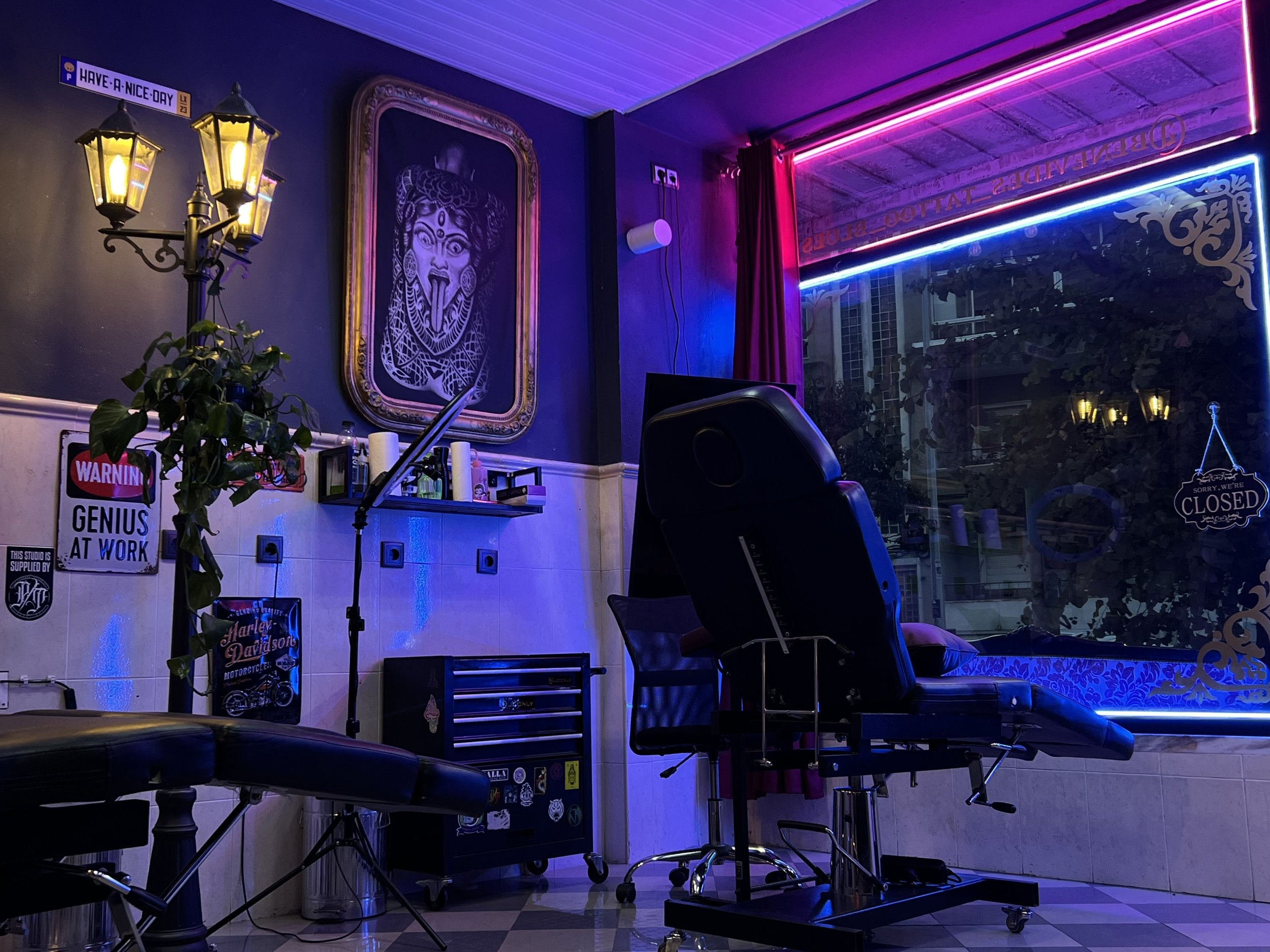The History of Tattoos in Portugal: Art, Culture, and Tradition
Tattooing is an ancient art form with roots in cultures worldwide, and Portugal is no exception. While tattooing as we know it today has been influenced by global trends, its history in Portugal is closely tied to the country’s maritime heritage, cultural exchanges, and evolving art scene.
Maritime Beginnings: Tattoos and Portuguese Sailors
Portugal’s connection to tattoos dates back to its Age of Exploration in the 15th and 16th centuries. Portuguese sailors, renowned for their adventurous spirit, were among the first Europeans to encounter and adopt tattooing practices. As they explored new lands, including Polynesia, Africa, and Asia, they were introduced to indigenous tattoo traditions.
Sailors often marked their bodies with tattoos as a form of storytelling, commemorating their voyages, or symbolizing protection during dangerous sea journeys. Common designs included anchors, ships, and religious symbols, blending maritime culture with deeply rooted Catholic faith. These tattoos became a badge of honor and identity for seafarers, many of whom were Portuguese.
Tattooing in the 20th Century: A Shift in Perception
For much of the 20th century, tattoos in Portugal were associated with specific subcultures, such as sailors, soldiers, or laborers. They were often seen as symbols of rebellion or working-class identity rather than mainstream art. However, as global tattoo culture began to shift in the late 20th century, Portugal embraced tattooing as a form of personal expression and artistic innovation.
During this period, many Portuguese tattoo artists trained abroad, particularly in countries like the UK and the US, where modern tattooing techniques and equipment were more established. These artists returned to Portugal, bringing with them new skills and styles that helped elevate the status of tattooing as an art form.
The Modern Era: A Flourishing Tattoo Scene
Today, tattoos in Portugal are celebrated as a mainstream form of art and self-expression. The stigma that once surrounded tattooing has faded, replaced by a thriving industry of professional studios and talented artists specializing in a wide range of styles.
Cities like Lisbon and Porto have become hubs for tattoo culture, with international conventions, guest artists, and a growing appreciation for the craft. Studios such as Cacilhas Tattoo in Almada reflect the evolution of tattooing in Portugal, combining traditional techniques with innovative designs to cater to diverse clients.
Cultural Influences on Portuguese Tattoo Designs
While Portuguese tattooing is influenced by global trends, local culture plays a significant role in shaping designs. Popular themes include:
Azulejos (Portuguese Tiles): These intricate blue-and-white patterns are often adapted into tattoo art, paying homage to Portuguese heritage.
Maritime Symbols: Anchors, compasses, and waves remain popular, echoing Portugal’s deep connection to the sea.
Religious Imagery: Catholic symbols like crosses, rosaries, and saints are frequently incorporated into tattoos, reflecting the country's strong religious traditions.
Fado and Folklore: Tattoos inspired by fado music or Portuguese legends capture the soulful essence of the nation.
Tattoos as Tradition and Identity
In Portugal, tattoos are no longer confined to sailors or subcultures—they’ve become a universal language of identity. From minimalist designs to elaborate body art, tattoos allow people to express their stories, values, and passions.
The history of tattoos in Portugal is a testament to the country’s adaptability and creativity. What began as a sailor’s souvenir has grown into a respected and celebrated art form, deeply rooted in Portuguese culture while embracing global influences.




